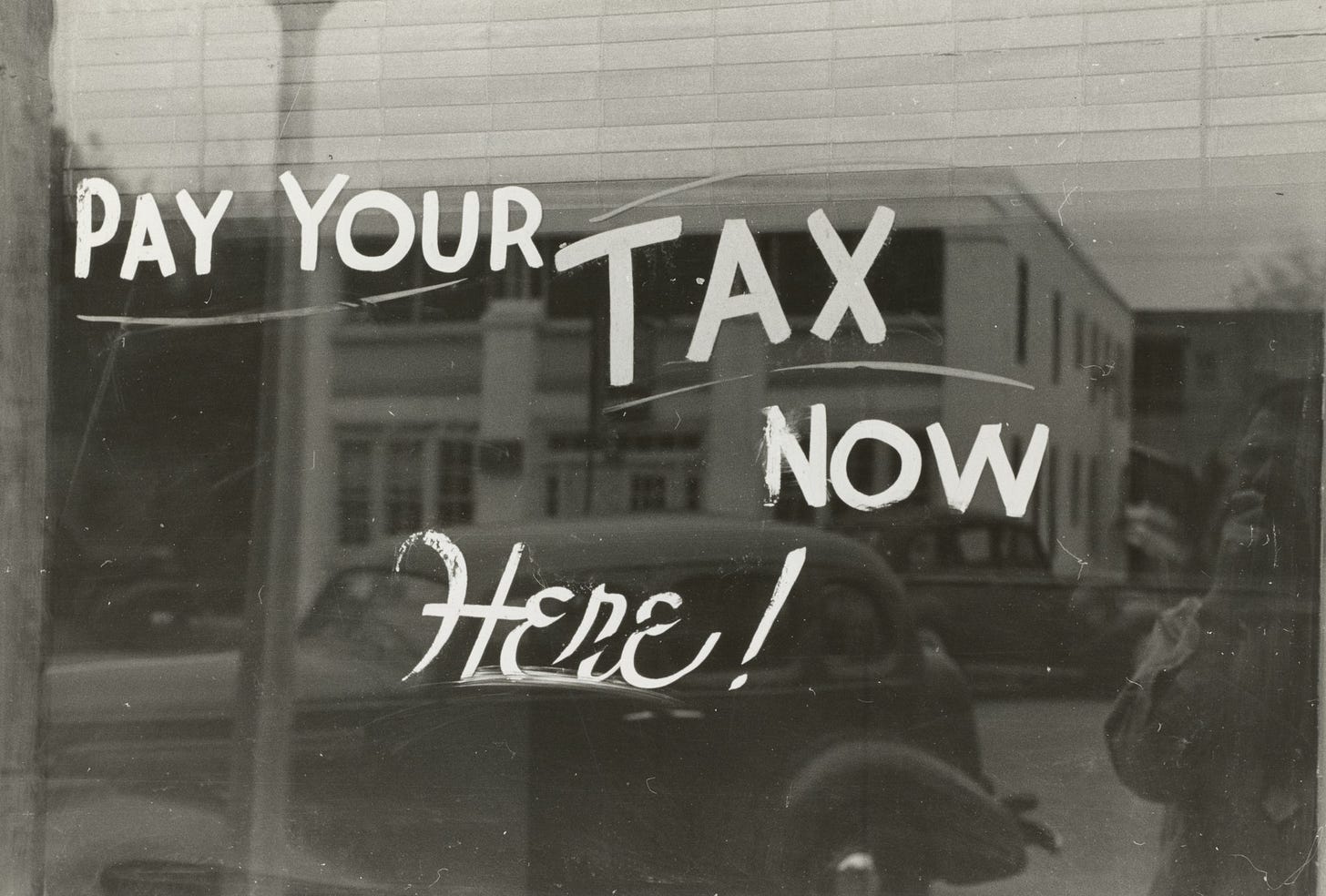The Imagination Tax
The amount a person uses their imagination is inversely proportional to the amount of punishment they will receive for using it.

Remember finger painting?
The wild joy of smearing colors with no plan, no boundaries, and no wrong answers.
Now think about the last time you shared a "crazy idea" in a meeting. The silence. The stares. The quiet throat-clearing before someone says, "Let's be realistic here."
What happened to us?
Roger von Oech, the toymaker and inventor, observed something profound:
"The amount a person uses their imagination is inversely proportional to the amount of punishment they will receive for using it."
He's describing the imagination tax.
We all pay it. Every day.
The third-grader learns to color inside the lines after the teacher praises the "neat" kids.
The new employee stops suggesting fresh approaches after the boss says, "That's not how we do things here."
The writer follows formulas instead of breaking rules after publishers reject their "unmarketable" work.
I watched a playground scene last week. A child was using a stick as a microphone, interviewing a tree. The caregiver rushed over: "Don't play with sticks! And trees can't talk!"
Tax collected.
A friend's company hired a "disruptive thinker" from a startup. Six months later, he was writing standard reports and attending status meetings like everyone else.
Tax collected.
The imagination tax isn't charged all at once. It's taken in tiny transactions, over and over, until we stop noticing we're paying it.
The most valuable creations in human history came from people who found ways to avoid this tax:
The scientist who asked "What if I could ride alongside a beam of light?"
The entrepreneur who wondered "What if computers were beautiful?"
The activist who questioned "What if we tried non-violence instead?"
They didn't avoid punishment. They just decided the imagination was worth the price.
Here's what winners know:
The imagination tax is optional.
You can choose to pay it. Or not.
You can accept the rolled eyes, the dismissive comments, the "not-invented-here" rejections.
Or you can hide your imagination away, keep your head down, and blend in.
The choice is yours.
But remember the finger painting.
Remember the joy.
Remember that every amazing thing in our world started as someone's "unrealistic" idea.
The tax is high. But the returns are higher.
For the Leaders
If you run a team, a company, or any group of humans trying to do something that matters:
The imagination tax is often collected without your knowledge.
It happens in the quick dismissal of the "impractical" idea.
It happens when you reward the safe option over the interesting one.
It happens when you say "we need results" instead of "we need experiments."
Google famously created "20% time" – where engineers could spend one day a week working on projects unrelated to their main jobs. No immediate ROI required.
Gmail, Google Maps, and Google Ads all came from this tax-free zone for imagination.
IDEO, the design firm, keeps "tech boxes" filled with random objects – from toys to materials with interesting textures. When stuck, designers play with these items to spark new thinking.
Their approach has helped create everything from Apple's first mouse to breakthrough medical devices.
3M instituted their "15% rule" decades ago, allowing technical staff to use part of their workday pursuing ideas without approval. The only rule: share what you learn.
Post-it Notes – a $1 billion product line – emerged directly from this imagination-friendly policy.
The pattern is clear. When you deliberately create spaces where the imagination tax is suspended, you get outsized returns.
So ask yourself:
Where am I unknowingly taxing imagination in my organization?
What would happen if I created a tax-free zone instead?
What if the wildest idea is actually the most valuable one?
The companies that win aren't the ones with perfect execution of obvious ideas.
They're the ones who make it safe to imagine first.
What will you imagine today?
~ aq

